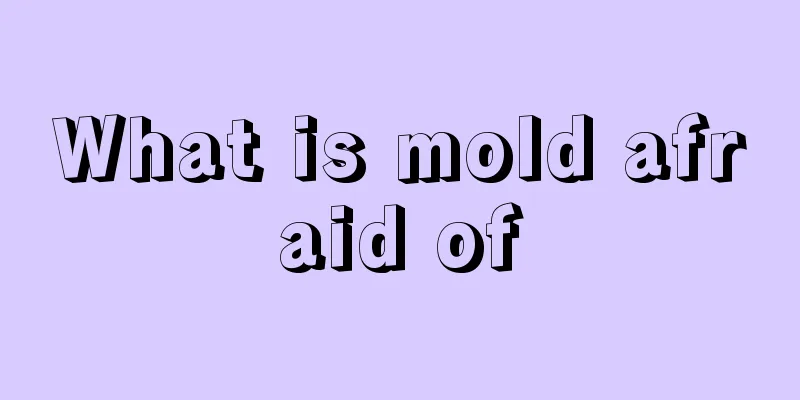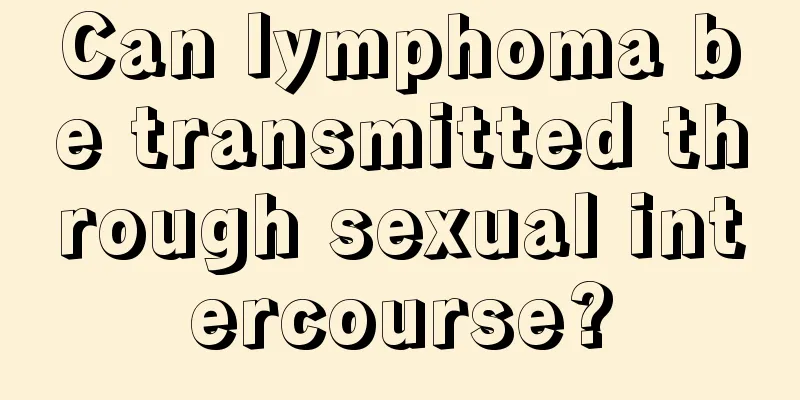What are the causes and symptoms of protruding front teeth?

|
Protruding teeth is a common dental deformity. It not only causes uneven teeth, but also seriously affects the face. It makes the mouth look like it is protruding forward, which makes the patient feel very distressed. There are many reasons for protruding teeth, such as poor chewing or skeletal malformation. The most common manifestation is exposed tooth roots, which often leads to gum atrophy. In addition, the bite relationship is prone to disorder. When protruding teeth occur, timely treatment is required, which can be improved through orthodontics. Causes of buck teeth: 1. During the process of human evolution, the chewing organs showed a trend of degeneration and weakening. The weakening of chewing organs is fastest in muscles, followed by bones, and slowest in teeth. This unbalanced degeneration constitutes the racial evolutionary background of human dental crowding. 2. The number, size, and shape of teeth are strongly controlled by genetics. The size, position, and shape of the jaw are also affected by genetics to a certain extent. Oversized teeth, supernumerary teeth, and some tooth crowding caused by insufficient jaw development are clearly related to genetic factors. 3. Among environmental factors, the replacement of deciduous teeth with permanent teeth plays an important role in the occurrence of dental crowding. The early loss of deciduous teeth, especially the early loss of the second deciduous molars, will cause a decrease in tooth length and crowding when the permanent teeth erupt due to insufficient space. The retained deciduous teeth occupy the position in the dental arch, and the subsequent permanent teeth have to erupt in a misplaced position, resulting in crowding. Some bad oral habits can also cause dental crowding. For example, long-term biting of the lower lip can cause the lower front teeth to tilt in the tongue and combine with crowding. Symptoms of buck teeth : 1. Exposed tooth roots Exposed tooth roots mainly refer to the phenomenon of gum atrophy, as well as wider gaps between teeth, longer teeth and loose teeth. Exposed tooth roots and gum recession often make the exposed teeth extremely sensitive to temperature changes and acidic foods, and often cause irritation and pain. 2. Disordered occlusal relationship The occlusal relationship between the upper and lower teeth is often disturbed due to the displacement of the fractured jaw segment. This is the most obvious symptom of jaw fracture and is of great significance for the diagnosis of jaw fracture. In a transverse fracture of the maxilla, the fracture segment is displaced downward, causing premature contact between the maxillary and mandibular posterior teeth and an open bite of the anterior teeth. After a mandibular fracture, the occlusion of the teeth is often disrupted due to displacement of the fractured segment. If there is no displacement of the fractured segment, there will be no obvious disorder in the tooth occlusion. 3. Abnormal tooth structure It refers to the abnormal development of teeth caused by various obstacles during the formation or calcification of tooth matrix during tooth development, leaving permanent defects or marks on the tooth tissue. |
<<: What are the folk remedies for treating runny nose
>>: How to diagnose hair folliculitis? Be careful if these situations occur!
Recommend
What foods are effective in preventing pancreatic cancer
Pancreatic cancer is a common malignant tumor. Th...
What should I pay attention to in my diet to prevent bladder cancer? Is urinary pain a symptom of bladder cancer?
People over 50 are more likely to develop bladder...
How to detect favism
Favism is not common in our lives; it is a rare d...
Is non-stick pan harmful to human body
With the progress of society, people's living...
How to remove walnut juice from your hands
Walnut is a nut that is very abundant and benefic...
How to remove flat warts around the eyes, laser freezing is the most common
Flat warts are caused by infection with the HPV v...
Is radiotherapy effective in adjuvant treatment of lung cancer? You must know these things about radiotherapy for lung cancer
Due to the accumulation of bad living habits, our...
What to do if you have a high forehead and little hair
Nowadays, everyone attaches great importance to t...
The correct way to sharpen a kitchen knife
The correct way to sharpen a kitchen knife, the c...
Those people should not eat old duck soup
Generally speaking, most people are suitable for ...
What are the self-detection methods for skin cancer?
The incidence of skin cancer in my country is ver...
Will the inflammation shrink after radiotherapy?
I believe that everyone often encounters the issu...
What kind of moles should be removed
Most moles are benign, and many people in life do...
The pimples are swollen and hard
Many people have acne not only on their faces, bu...
How is tongue cancer diagnosed?
Tongue cancer is the most common oral cancer. It ...









